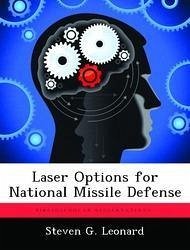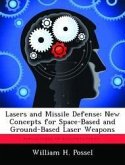The Cold War threat that was characterized by a USSR launch of a large number of ballistic missiles towards the United States has been replaced today by an even less stable ballistic missile security environment. The US National Security Strategy recognizes the existence of threats with both the capability and will to use weapons of mass destruction launched by ballistic missiles. This threat environment coupled with a high leverage to attack ballistic missiles in the boost phase, points to a National Missile Defense (NMD) solution that includes laser weapons. Four boost-phase laser architectures have been evaluated using NMD technical, operational, fiscal and political criteria. The Space Based Laser (SBL), SBL with Relay Mirrors, Ground Based Laser (GBL) with Relay Mirrors, and Airborne Laser (ABL) with Relay Mirrors each meet the NMD requirements with varying degrees of success. Overall, a Relay Mirror architecture accepting multiple laser sources was found to produce the best NMD boost-phase defense while reducing potential technical, operational, and political issues. This analysis shows that US Space Command should implement a Relay Mirror architecture with the ability to accept multiple laser sources, such as the planned ABL or a future GBL.








